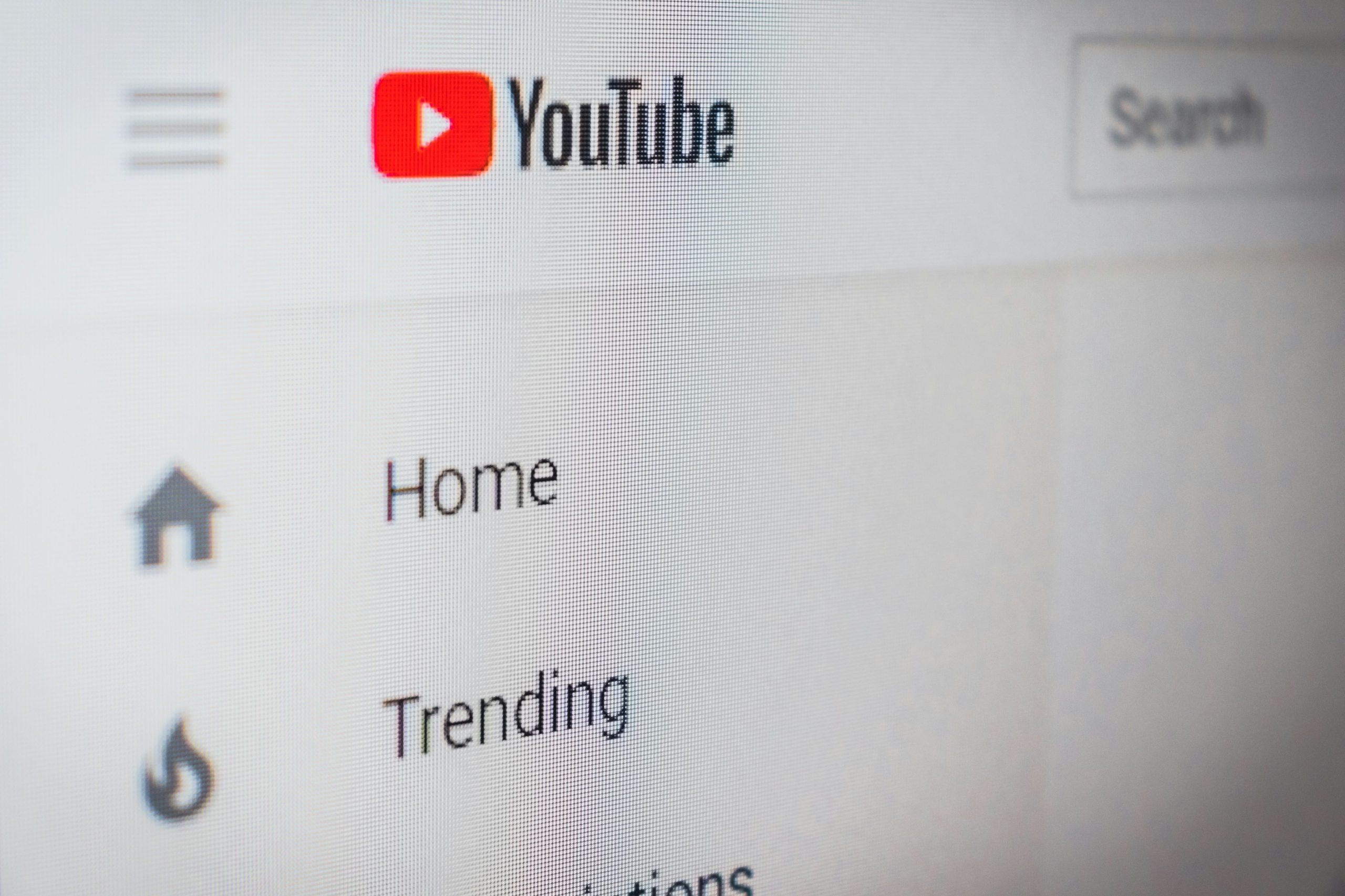In a world where instant gratification reigns supreme, the last thing viewers want is an interruption in their uninterrupted streaming experience. Enter the dreaded YouTube ad blocker warning—a digital alarm bell that signals your attempt to dodge advertisements has been detected. As you sit poised to watch the latest viral sensation or a deep-dive documentary, you’re suddenly confronted with a roadblock that can turn enthusiasm into frustration in seconds. But why does this happen? Is it merely a cat-and-mouse game between advertisers and savvy users, or is there something deeper at play?
Understanding the mechanics behind YouTube’s ad blocker warning not only sheds light on how platforms protect their revenue streams but also opens doors to practical solutions for viewers who wish to navigate this digital dilemma seamlessly. In this article, we’ll delve into the reasons behind these disruptive alerts and arm you with effective strategies to regain control over your viewing experience without sacrificing quality content. So before you abandon ship and scroll through endless text posts on social media, let’s explore how you can keep watching what you love—without those pesky ads getting in your way.
What is the Ad Blocker Warning?
The Ad Blocker Warning on YouTube serves as a pivotal reminder of the delicate balance between user experience and revenue generation for content creators and the platform itself. When users employ ad blockers, they’re not just bypassing advertisements; they are indirectly affecting the livelihood of countless creators who rely on ad revenue to produce quality content. This warning prompts viewers to reconsider their browsing habits, highlighting an ongoing debate about digital rights versus support for creative industries.
Moreover, the Ad Blocker Warning is more than a mere inconvenience; it reflects a shift in how platforms engage with their audiences. YouTube’s response emphasizes its financial model dependent on ads while recognizing that an increased number of users are prioritizing uninterrupted viewing experiences. As technology evolves, so too does user behavior—prompting platforms like YouTube to innovate in advertising methods without compromising the viewer’s pleasure. Embracing new strategies may lead to seamless integration of sponsored content or alternative monetization avenues beyond traditional advertisements—paving the way for a mutually beneficial relationship between consumers and creators.

Reasons for the Ad Blocker Warning
YouTube’s ad blocker warning serves as a critical reminder of the platform’s reliance on advertising revenue to sustain its vast ecosystem. By discouraging users from bypassing ads, YouTube strives to protect content creators who rely heavily on this income stream for their livelihoods. Each time viewers skip or block ads, they inadvertently diminish the financial support available for indie filmmakers, vloggers, and musicians creating diverse and engaging content.
Moreover, this warning also reflects a broader industry trend where platforms are beginning to strike back against ad blockers as they grapple with declining ad revenues. As digital spaces become increasingly competitive, companies like YouTube recognize that maintaining a robust advertising model is crucial for continuous growth and innovation. While users may see ads as intrusive interruptions, understanding their role in funding creativity can shift perspectives toward more supportive viewing habits—even if it means enduring a few seconds of promotional material before diving into your favorite videos.
In essence, by addressing the reasons behind the ad blocker warning, we gain insight into the intricate balancing act between user experience and creator support in an evolving digital landscape. Embracing an ad-supported model can lead us not just to enjoy our favorite channels freely but also foster an environment where diverse voices thrive—ensuring vibrant content for everyone involved.
How YouTube Detects Ad Blockers
YouTube has developed sophisticated methods to detect ad blockers that go beyond merely recognizing the presence of popular blocking extensions. By analyzing user behavior and tracking how video content is accessed, YouTube can identify discrepancies that suggest an ad blocker is at work. For instance, if a viewer consistently skips ads or their browser’s HTTP requests show patterns typical of ad blocking, this triggers the platform’s alert system.
Moreover, YouTube employs a layered approach by using JavaScript-based detection techniques alongside server-side checks. This dual methodology allows for real-time monitoring of user interaction with ads and provides insights into how frequently these interruptions occur. As a result, users might be confronted with warnings urging them to disable their ad blockers or subscribe to premium services—a strategic move aimed not only at preserving creators’ revenue but also enhancing overall platform sustainability. Understanding these technological nuances can empower viewers to navigate this landscape more effectively while making informed choices about their browsing experiences.

Common Types of Ad Blockers Used
When diving into the world of ad blockers, it’s essential to recognize not just their functionality but also the various types that shape users’ online experiences. One common type is browser-based ad blockers, like uBlock Origin and Adblock Plus. These extensions seamlessly integrate with web browsers to filter out unwanted advertisements by leveraging customizable settings. They provide a straightforward solution for users who want control without sacrificing performance.
Another significant category is device-level or network-wide ad blockers, such as Pi-hole or VPN services with built-in ad blocking capabilities. These tools operate at the router level, effectively filtering ads across all devices connected to your home network. This extensive coverage appeals to tech-savvy individuals looking for a one-stop solution that enhances privacy and speeds up overall browsing by eliminating unwanted data loads.
Lastly, some premium applications offer integrated ad-blocking features along with subscription models, often seen in streaming platforms or security suites. These solutions not only block ads but also enhance user experience through additional perks like malware protection and tracking prevention. However, users must weigh these benefits against costs while considering how they align with their values regarding digital content consumption—a balancing act that underscores the nuanced relationship we have with online advertising today.
Impact on Content Creators and Revenue
The surge in ad blocker usage presents a formidable challenge for content creators who rely on advertising revenue to sustain their channels. Many YouTubers invest countless hours into producing high-quality content, and with the average creator earning a significant portion of their income through ad views, every blocked advertisement translates directly to lost revenue. As audiences increasingly shield themselves from ads, creators find themselves at a turning point: adapt or risk financial instability.
However, this situation also sparks an opportunity for innovation. Many YouTubers are exploring alternative monetization strategies beyond traditional ads—such as exclusive memberships on platforms like Patreon or offering premium content through direct subscriptions. This shift not only diversifies income but fosters deeper connections between creators and viewers who are willing to support them financially. Moreover, it highlights an emerging trend where engaging storytelling and community-building take precedence over mere click-through rates, encouraging quality over quantity in both production and viewer engagement. As the landscape of digital media evolves, savvy creators who embrace these challenges can find new pathways to sustainability while enriching their relationship with dedicated fans.
![]()
Ways to Bypass the Warning Message
One of the most effective ways to bypass the YouTube ad blocker warning is by using browser extensions specifically designed to counter these restrictions. Extensions like uBlock Origin and AdGuard not only block ads but also help you stay one step ahead of YouTube’s detection algorithms. Regularly updating these tools ensures they adapt to changes in YouTube’s framework and minimizes the likelihood of encountering that irritating warning message.
Another approach involves manipulating your browser settings or employing custom scripts to alter how the site perceives your browsing habits. Users can try disabling JavaScript temporarily during video playback, which often prevents the warning from appearing entirely as it disrupts certain functionalities needed for ad detection. Additionally, switching to an alternative user-agent string that mimics a mobile device can sometimes trick YouTube into allowing uninterrupted viewing, effectively sidestepping those pesky interruptions while enjoying your favorite content. Remember though, while navigating around such warnings can enhance your experience, it’s essential to consider supporting content creators through some form of engagement or sponsorship when possible.
Conclusion: Navigating YouTube’s Advertising Landscape
Navigating YouTube’s advertising landscape is akin to traversing a complex digital ecosystem where both creators and viewers play pivotal roles. For content creators, understanding the intricacies of ad placements and viewer engagement can be the key to sustaining their channels while maximizing revenue potential. As they carefully curate their content strategy, embracing analytics and audience feedback allows them to refine their approach; thus creating a symbiotic relationship with advertisers who seek authentic connections with niche audiences.
For viewers, the growing prevalence of ad-blocking technology underscores an urgent conversation about value exchange in digital media. While ads are essential for funding beloved channels, there’s an increasing demand for transparency and relevance in advertising messages. This dynamic creates opportunities for brands willing to innovate—using creative storytelling that resonates emotionally rather than disruptively—with targeted ads that enhance rather than interrupt the viewing experience. Ultimately, as both sides navigate this landscape together, fostering open dialogue will pave the way for responsible advertising that benefits everyone involved.

